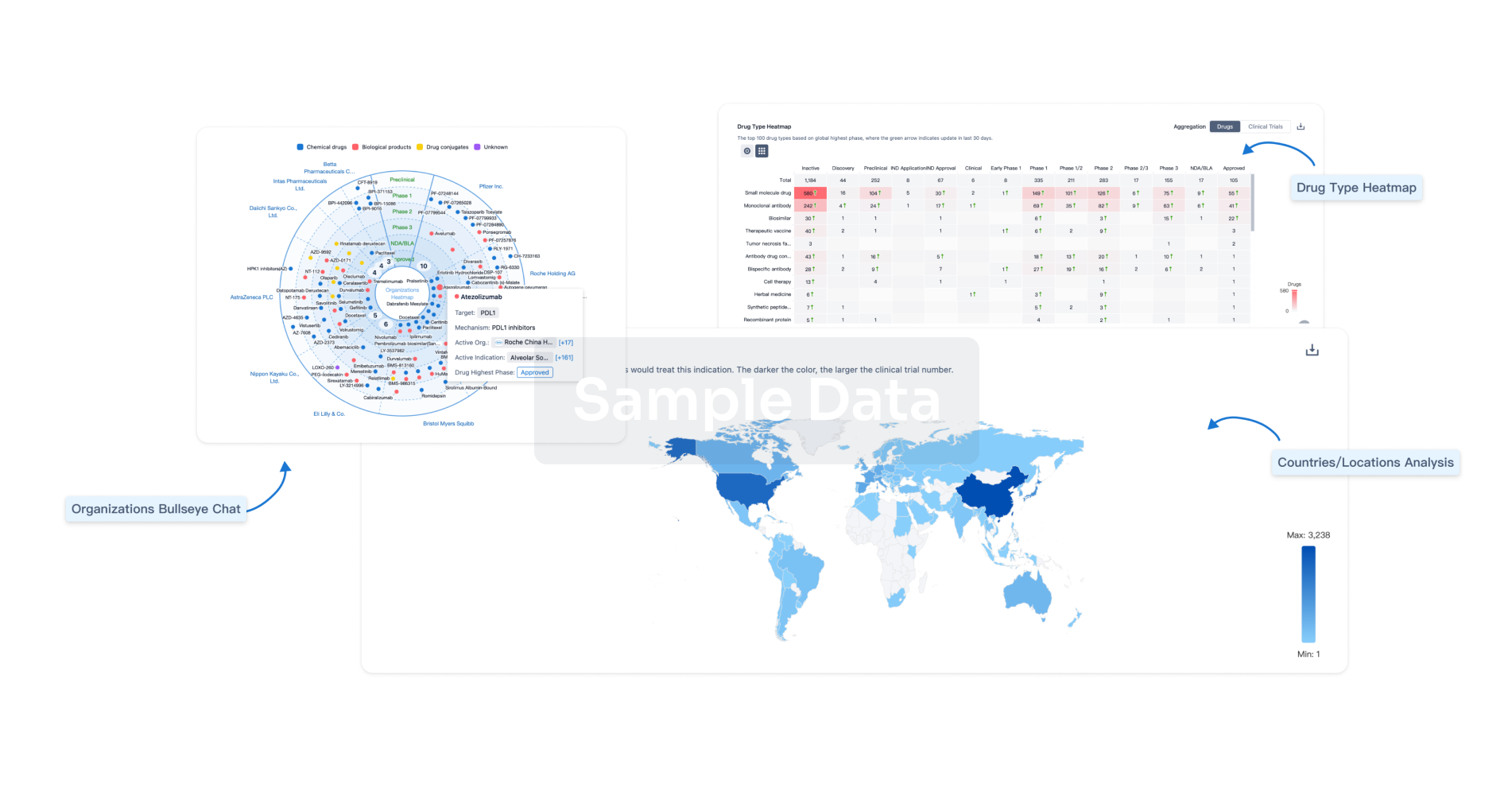Request Demo
Last update 08 May 2025
ATR-X Syndrome
Last update 08 May 2025
Basic Info
Synonyms ALPHA-THALASSEMIA/IMPAIRED INTELLECTUAL DEVELOPMENT SYNDROME, X-LINKED, ALPHA-THALASSEMIA/MENTAL RETARDATION SYNDROME, NONDELETION TYPE, ALPHA-THALASSEMIA/MENTAL RETARDATION SYNDROME, X-LINKED + [34] |
Introduction A rare, X-linked recessive inherited syndrome caused by mutations in the ATRX gene. It is characterized by intellectual disability, developmental delays, hypotonia, widely spaced eyes, small nose, low-set ears, tented upper lip, skeletal abnormalities, and a mild form of alpha thalassemia. |
Related
1
Drugs associated with ATR-X SyndromeTarget |
Mechanism σ1 receptor agonists |
Active Org. |
Originator Org. |
Active Indication |
Inactive Indication |
Drug Highest PhasePhase 1 |
First Approval Ctry. / Loc.- |
First Approval Date20 Jan 1800 |
4
Clinical Trials associated with ATR-X SyndromeJPRN-jRCT2051220062
Exploratory study to investigate the safety and efficacy of NPJ005 in patients with ATR-X syndrome. - IACT21003
Start Date14 Jul 2022 |
Sponsor / Collaborator- |
NCT03377556
A Phase II Study of Talazoparib (BMN 673) in Patients With Homologous Recombination Repair Deficiency Positive Stage IV Squamous Cell Lung Cancer (Lung-Map Sub-Study)
This phase II trial studies how well talazoparib works in treating patients with homologous recombination repair deficiency (HRRD) positive stage IV squamous cell lung cancer that has come back after previous treatment. Talazoparib may stop the growth of tumor cells by blocking some of the enzymes needed for cell growth.
Start Date03 Mar 2017 |
Sponsor / Collaborator |
NCT04957069
Comparison of Surgical Outcomes Between Avulsion Fracture of the Achilles Tendon and Conventional Achilles Tendon Rupture--a Retrospective Study
To compare the surgical outcomes between avulsion fracture of the Achilles tendon and conventional Achilles tendon rupture, collected and analysed information of patients preoperatively and postoperatively.
Start Date01 Jan 2013 |
Sponsor / Collaborator |
100 Clinical Results associated with ATR-X Syndrome
Login to view more data
100 Translational Medicine associated with ATR-X Syndrome
Login to view more data
0 Patents (Medical) associated with ATR-X Syndrome
Login to view more data
269
Literatures (Medical) associated with ATR-X Syndrome01 Mar 2025·Clinical Imaging
MRI-derived radiomics and end-to-end deep learning models for predicting glioma ATRX status: a systematic review and meta-analysis of diagnostic test accuracy studies
Review
Author: Bathla, Girish ; Ahmadzadeh, Amir Mahmoud ; Sotoudeh, Houman ; Ashoobi, Mohammad Amin ; Lomer, Nima Broomand
08 Feb 2025·Nucleic Acids Research
Elevated reactive oxygen species can drive the alternative lengthening of telomeres pathway in ATRX-null cancers
Article
Author: Goncalves, Tomas ; Kent, Thomas ; Cunniffe, Siobhan ; Clynes, David ; Rose, Andrew W ; Geiller, Helene E B ; Gibbons, Richard J ; Mattis, Natalie ; Mole, David R ; Humphrey, Timothy C ; van Bijsterveldt, Linda ; Rose, Anna M ; Ma, Tiffany S ; Hammond, Ester M
06 Jan 2025·Clinical Cancer Research
A Translational Study of the ATR Inhibitor Berzosertib as Monotherapy in Four Molecularly Defined Cohorts of Advanced Solid Tumors
Article
Author: Bullock, Andrea ; Zou, Lee ; Gao, Xin ; Kochupurakkal, Bose S. ; Cleary, James M. ; Muzikansky, Alona ; Cote, Gregory M. ; Shapiro, Geoffrey I. ; Do, Khanh ; Weekes, Colin D. ; McLoughlin, Daniel E. ; Park, Jong Chul ; Cheng, Michael L. ; Parikh, Aparna ; Yeku, Oladapo
Analysis
Perform a panoramic analysis of this field.
login
or

AI Agents Built for Biopharma Breakthroughs
Accelerate discovery. Empower decisions. Transform outcomes.
Get started for free today!
Accelerate Strategic R&D decision making with Synapse, PatSnap’s AI-powered Connected Innovation Intelligence Platform Built for Life Sciences Professionals.
Start your data trial now!
Synapse data is also accessible to external entities via APIs or data packages. Empower better decisions with the latest in pharmaceutical intelligence.
Bio
Bio Sequences Search & Analysis
Sign up for free
Chemical
Chemical Structures Search & Analysis
Sign up for free


